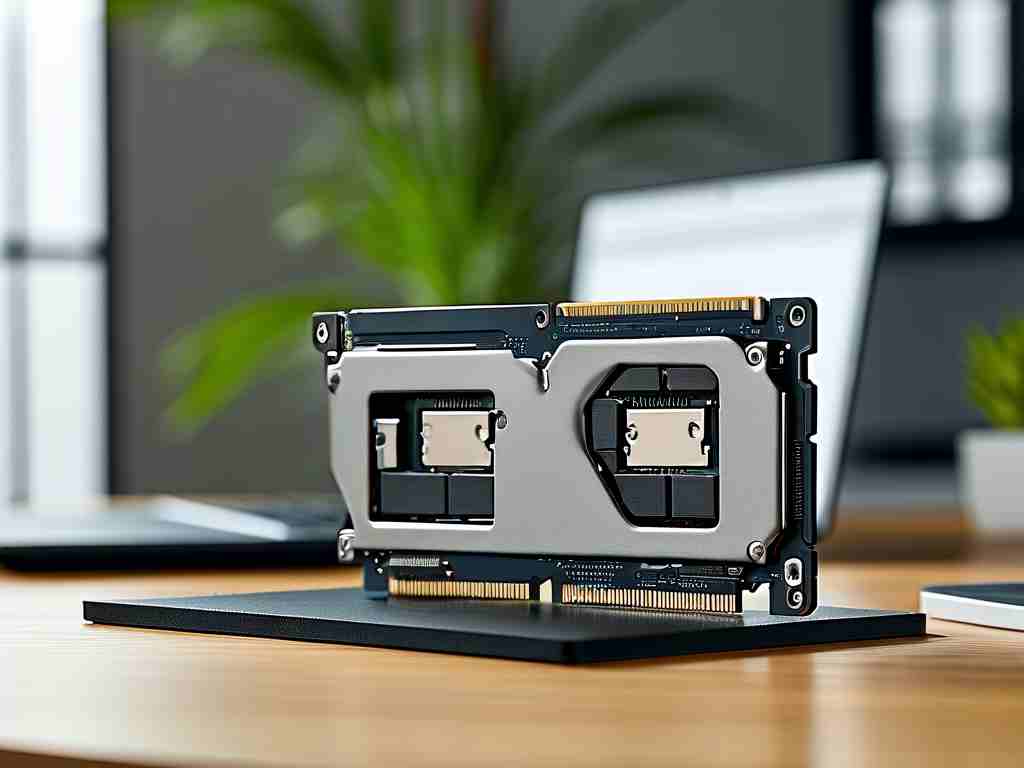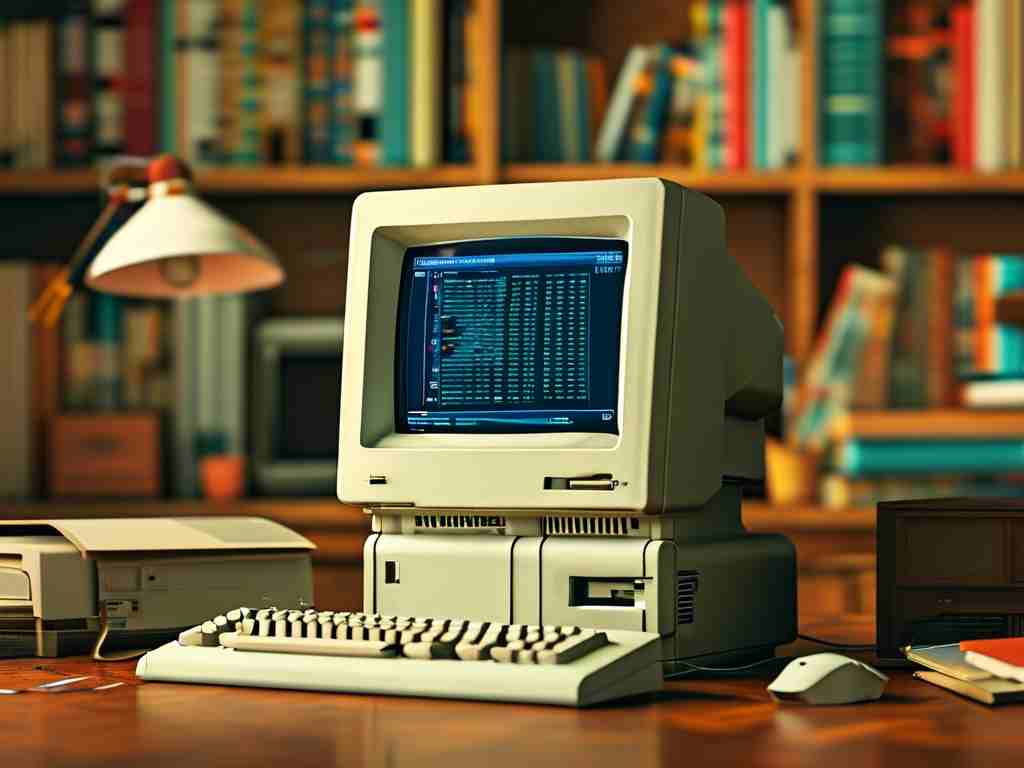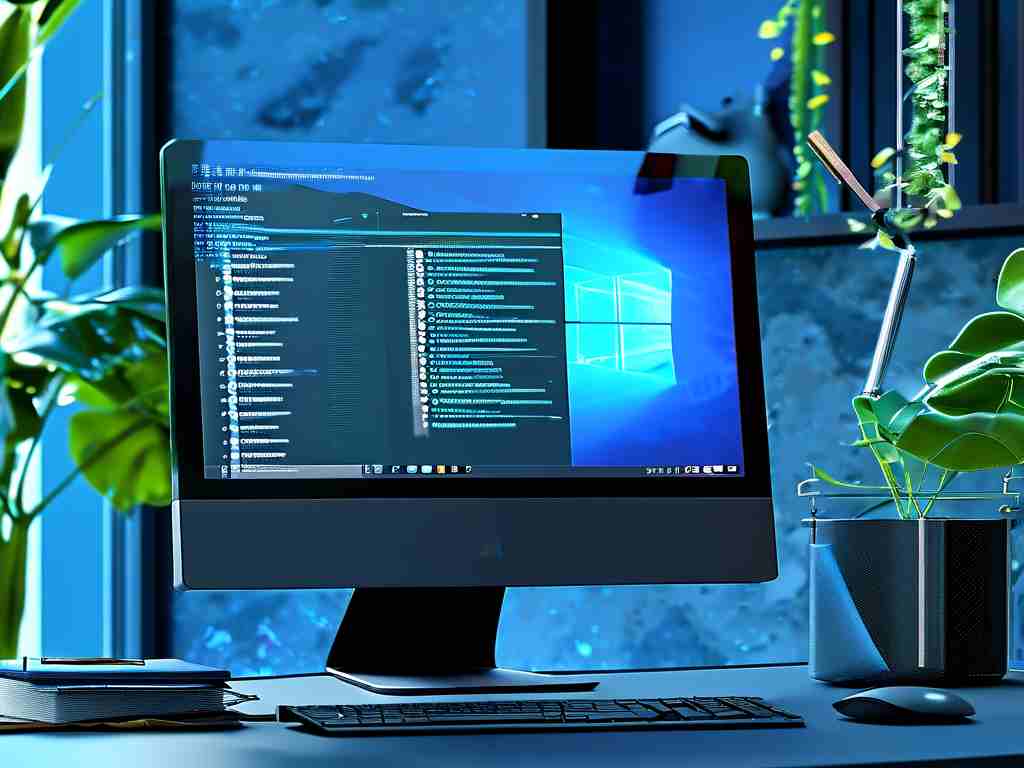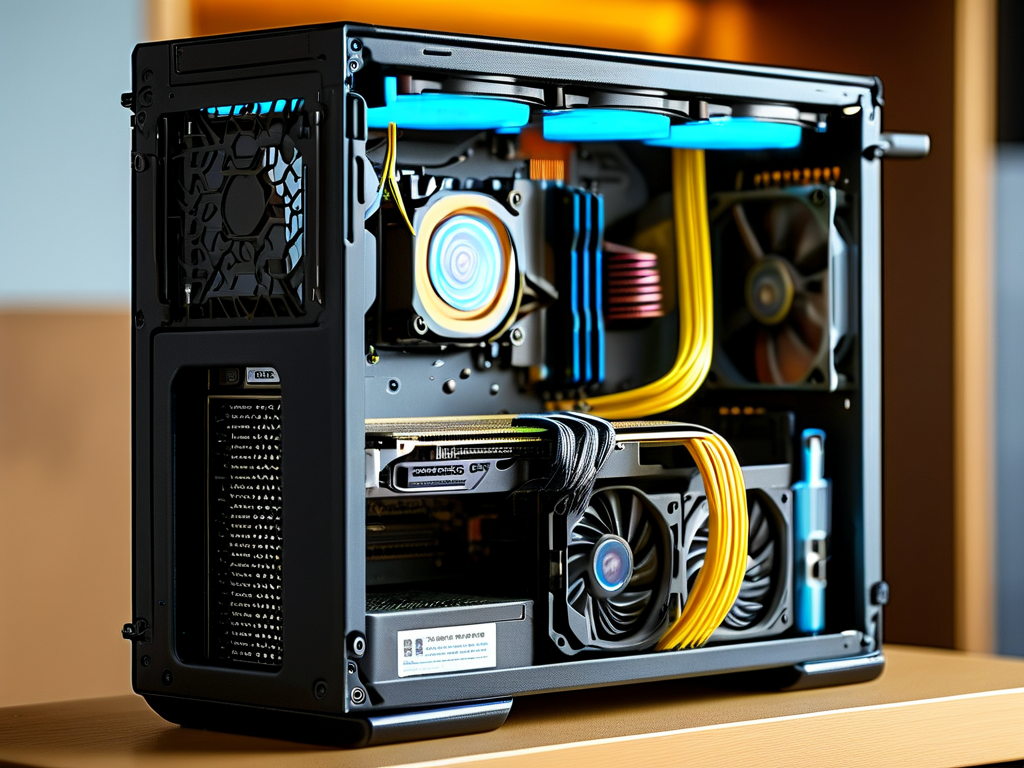When users upgrade their computer's storage to a solid-state drive (SSD), they often expect instant performance improvements. However, many are perplexed when their system continues to exhibit lag or stuttering. This phenomenon can be attributed to multiple underlying factors that extend beyond simple storage upgrades, requiring comprehensive system analysis to resolve effectively.

1. Non-Storage Hardware Limitations
While SSDs dramatically improve read/write speeds compared to traditional HDDs, they don't compensate for deficiencies in other critical components. A common oversight involves processor (CPU) capabilities. For instance, budget CPUs like Intel's Pentium Gold series or older AMD A-series APUs may struggle with modern multitasking demands, creating processing bottlenecks even when using high-speed storage.
Memory (RAM) allocation presents another challenge. Systems with 8GB RAM running Windows 11 often experience swapping between physical memory and SSD-based virtual memory, particularly when handling memory-intensive tasks like video editing or browser sessions with multiple tabs. This creates artificial latency that SSDs alone cannot resolve.
2. Software Configuration Conflicts
Modern operating systems employ complex caching mechanisms that sometimes clash with SSD operations. Windows users might encounter the notorious "SysMain" service (formerly SuperFetch), which attempts to predict application usage patterns but can create unexpected I/O conflicts with SSDs. Disabling this service through services.msc often yields performance improvements:
Stop-Service -Name "SysMain" -Force Set-Service -Name "SysMain" -StartupType Disabled
Driver compatibility represents another software layer concern. Outdated storage controllers or chipset drivers frequently cause suboptimal SSD performance. Manufacturers like Samsung and Western Digital regularly release firmware updates that address communication protocols between SSDs and motherboard controllers.
3. Interface and Protocol Limitations
Not all SSDs utilize the full potential of modern interfaces. Users employing SATA III SSDs (550MB/s theoretical maximum) in systems supporting PCIe 4.0 NVMe drives (7000MB/s+) are essentially capping their storage performance. This discrepancy becomes particularly noticeable during large file transfers or database operations.
Motherboard firmware settings often hide crucial configuration options. The storage mode setting in BIOS/UEFI (AHCI vs. RAID vs. NVMe) significantly impacts performance. Improper configuration can reduce effective SSD speeds by up to 40%, as demonstrated in controlled benchmarks:
| Configuration | Sequential Read | Write |
|---|---|---|
| AHCI | 520MB/s | 490MB/s |
| NVMe | 3400MB/s | 2900MB/s |
4. Thermal Throttling Mechanisms
High-performance NVMe drives generate substantial heat during prolonged operations. Many mainstream motherboards lack adequate M.2 heatsinks, leading to thermal throttling that can reduce sustained write speeds by 60-70%. This is particularly problematic in compact systems like mini-ITX builds or laptops, where airflow is restricted.
5. Background Process Interference
Modern applications and services create hidden disk activity that impacts system responsiveness. Cloud storage clients (OneDrive, Google Drive), automatic update services (Windows Update, NVIDIA GeForce Experience), and even antivirus scanners can generate thousands of small I/O operations per minute. When combined with fragmented system services, these processes create cumulative latency that users perceive as "lag."
Practical Optimization Strategies
- Conduct comprehensive hardware profiling using tools like CrystalDiskInfo for storage health and HWiNFO for system-wide monitoring
- Implement selective startup configuration through msconfig to identify problematic background services
- Enable write caching policies via Device Manager (with UPS protection for desktop systems)
- Regularly check manufacturer websites for SSD firmware updates and controller drivers
- Consider implementing tiered storage solutions combining SSD caching with HDD mass storage
For users experiencing persistent issues after these optimizations, hardware upgrades may become necessary. Pairing a quality SSD with at least 16GB DDR4 RAM and a modern 6-core processor typically creates balanced configurations capable of handling contemporary computing demands.
Ultimately, SSD installation represents just one component in the complex ecosystem of computer performance. Through systematic troubleshooting and holistic system upgrades, users can unlock the full potential of their storage investments while maintaining smooth operational workflows.









